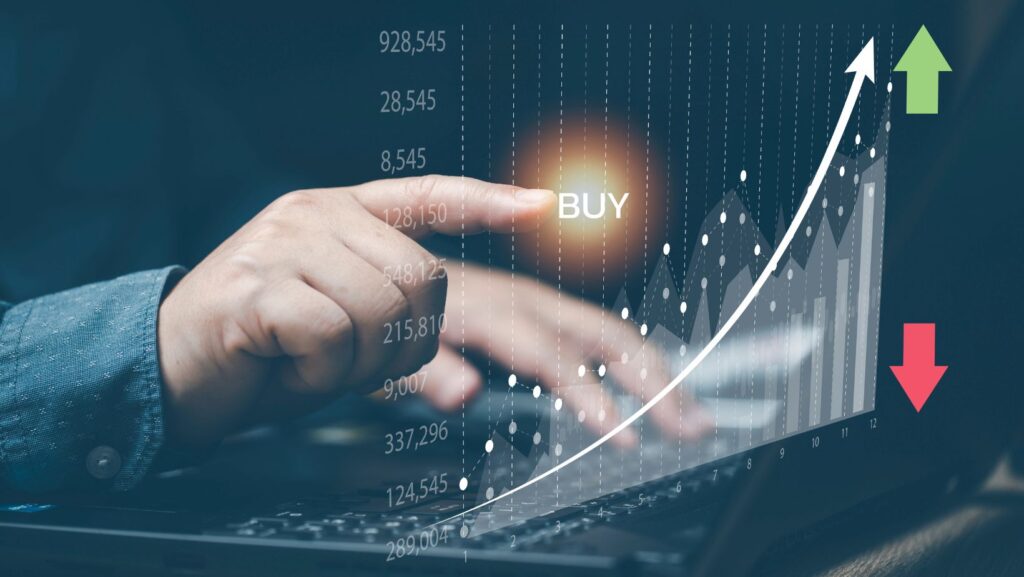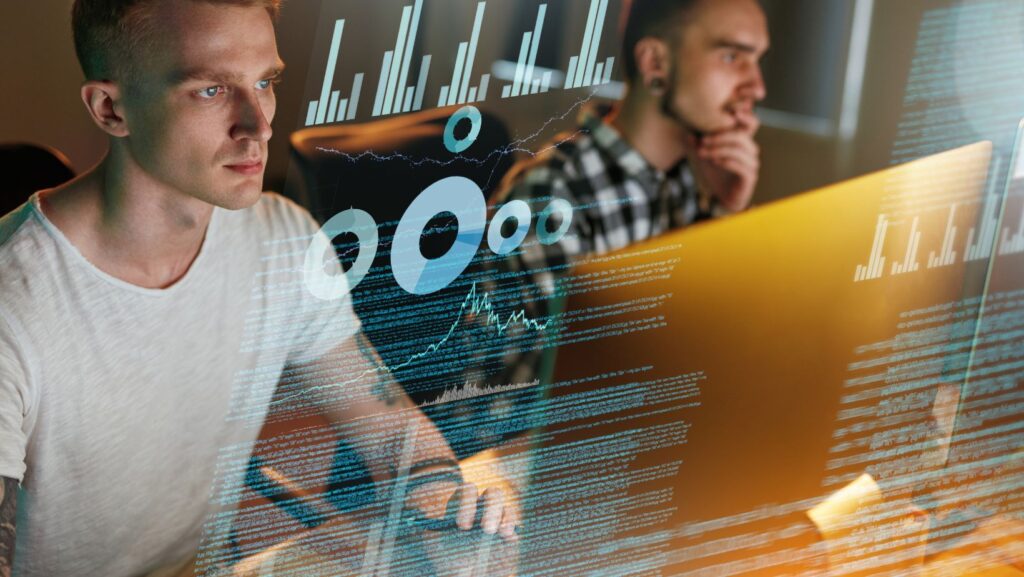You’re Sarah, a 32-year-old who lives in a rural place far away from the concrete jungle and she is starting to feel a little under the weather. She wakes up with a sore throat, cough, and some fatigue. What would be the best thing to do in this situation? Sarah would visit the nearest clinic which is an hour’s drive away.
But what if there’s a better way to avoid all this hassle? Well, now with telemedicine on the rise, Sarah could just use an app to schedule a video appointment with her doctor. How convenient, right? Like Sarah, there are hundreds of patients all over the world who are taking advantage of tech in healthcare, and telemedicine just happens to be the tip of the iceberg.
Healthcare Partners With Technology
It’s a match made in heaven. The gaps in traditional healthcare are being filled with technology.
Traditionally, healthcare has been filled with issues like lack of accessibility and inefficiency. Telemedicine, which is one of the biggest accomplishments of tech in healthcare, has helped patients connect with specialists that they couldn’t even think of meeting due to geographical distances. And then we have wearable devices: just take a look at your wrist and you will know what we’re talking about. Wearable tech like smartwatches can help you monitor your own vitals and take responsibility for keeping yourself fit.
Enhanced Analysis Of Diagnosis Of Illness
371,000 deaths. 424,000 permanent disabilities. This is the cost that patients have to pay due to misdiagnosis each year, according to WebMD. Traditional medical scans often miss the details that an AI algorithm trained on massive datasets of X-rays and CT scans doesn’t. This analysis allows the doctors to pinpoint the exact location which can be problematic because the precision of AI cannot be challenged.
The advantages are that the reports help in curing the treatment targeted and faster, there is no room for false diagnosis, and leads to satisfied patients, who trust that their health is in safe hands.
Analysis Of Big Data
The healthcare industry has a database in the form of patient records, genetic testing, and medical wearables. The management is using these to their advantage by extracting data, which Big Data tools analyze to identify the system and pattern that can aid in informing the patients regarding their health and whether they need to be cautious. Once they get to know them, the doctors can easily ask the patients to remain careful, take specific medication, and give individual attention to patients.
The Relaxation Of Telemedicine and Monitoring Patient On A Remote Basis
Telemedicine has relaxed the doctors and patients in the following ways:
Communicate With The Doctors Virtually
Previously, you had to travel miles to see your particular doctor, as the nearby ones used to suggest you carry your treatment with the doctor who diagnosed it in the first place. You had no option but to invest your fuel on the road and to reach the clinic as soon as possible. However, technology has changed the story, and now you can communicate with doctors virtually. Access any of the video conferencing platforms, enable your camera and microphone, and share your screen with the concerned doctors to show them your reports so they can prescribe you medicines based on that.
It is more convenient for people, who despite living near cannot travel due to mobility limitations. But this way has helped in receiving the doctor’s assistance without the need for an appointment or waiting for long hours at the clinic.
Patient Monitoring In A Remote Manner
How is patient monitoring done remotely? Some people wear wearable devices that serve the purpose of obtaining constant real-time data on their blood pressure, heart rate, and blood sugar levels. Plus, sensors can do the same job. The data is transported to the concerned doctor in a remote manner; the healthcare worker can monitor the patient’s health for serious issues like heart diseases and debates. The wearable or sensor assists in mentally preparing the patient if there is any chance of the disease becoming critical, which improves the patient’s outcome. Therefore, if you or anybody in your family has similar problems and cannot afford to go to the doctor every day, then consider wearing a sensor or a wearable device. The health care worker can let you know how healthy you are or where you need to take necessary measures.
Online Prescriptions
Back in the day, you received physical prescriptions from doctors, which were a hassle to carry. At times, the paper got misplaced, or you accidentally dropped liquid on the sheet, damaging the reliability of the signature. Neither the doctors nor the pharmacists approve, saying that credentials are fake. Noticing the panic, AI brought a signature generator. The product has proven its effectiveness. How? Let us tell you. The prescriptions have shifted to online mode, where you just need to create your online signature. You have the liberty to choose the font, text, and color of your credentials, and you are good to go. Therefore, whenever you receive the online prescriptions, the doctor will send you the paper with their online signature, expecting you to do the same. The trend decreased the scope of signatures getting damaged or tampered with and, most importantly, no fear of the paper getting lost or misplaced.
Conclusion
We hope you will be impressed by knowing how technology has improved healthcare in multiple ways. This has resulted in better and more accurate patient outcomes while informing them about potential illnesses too.



